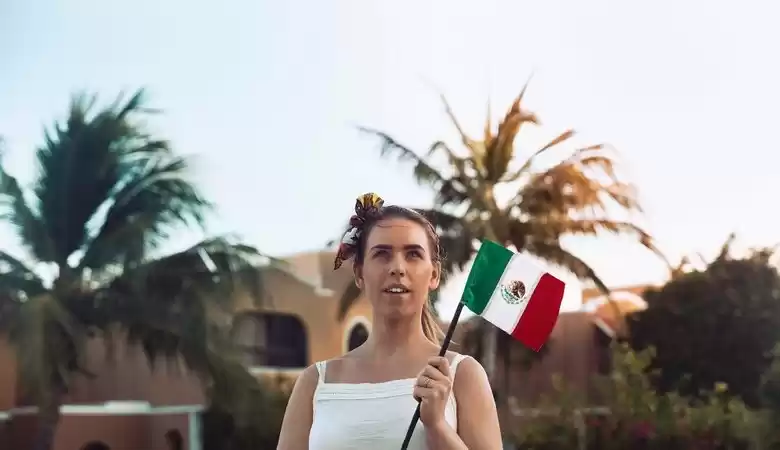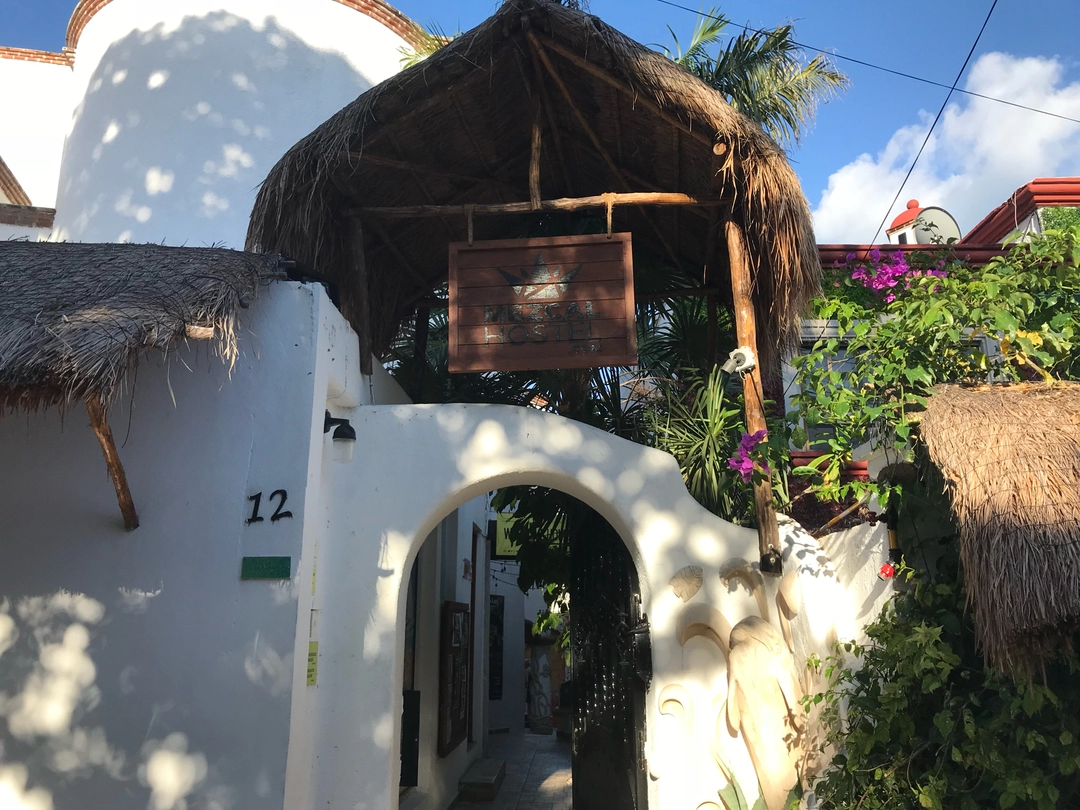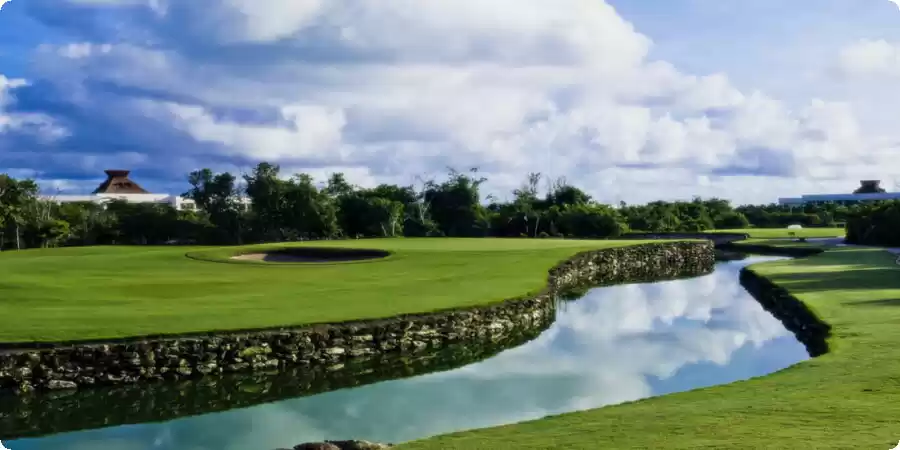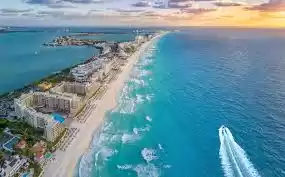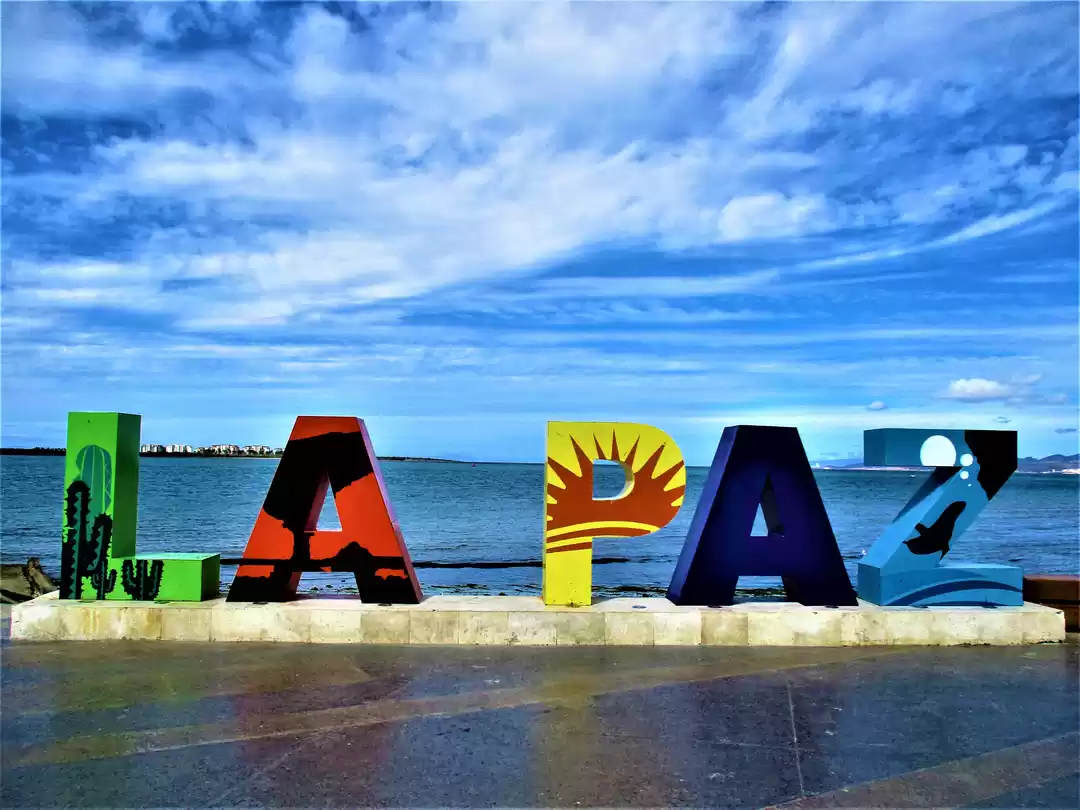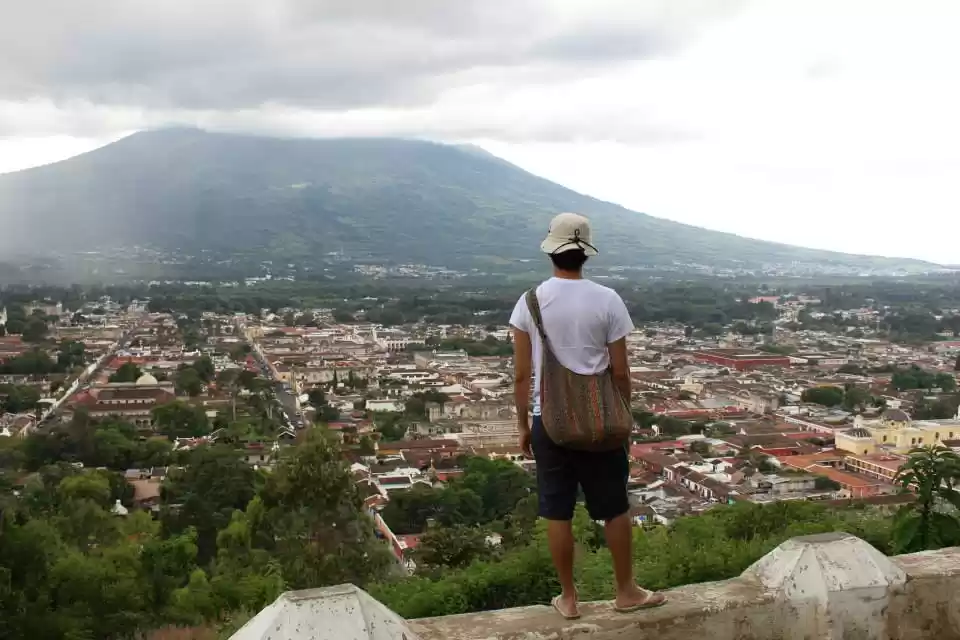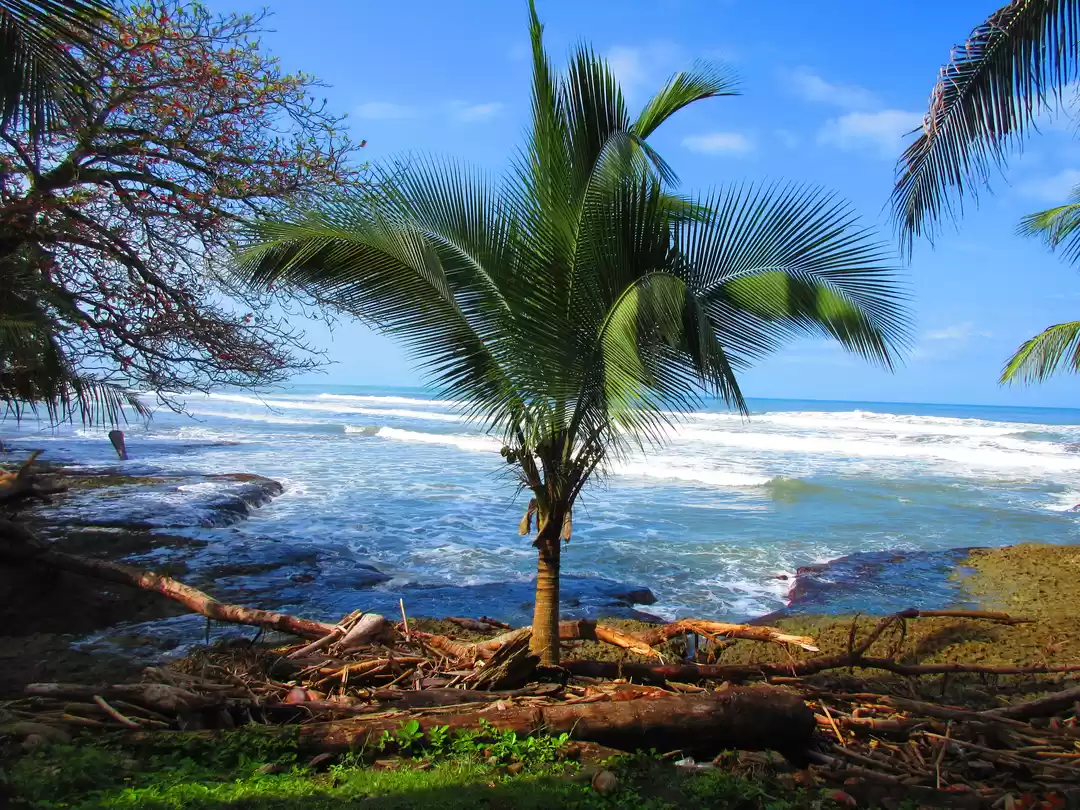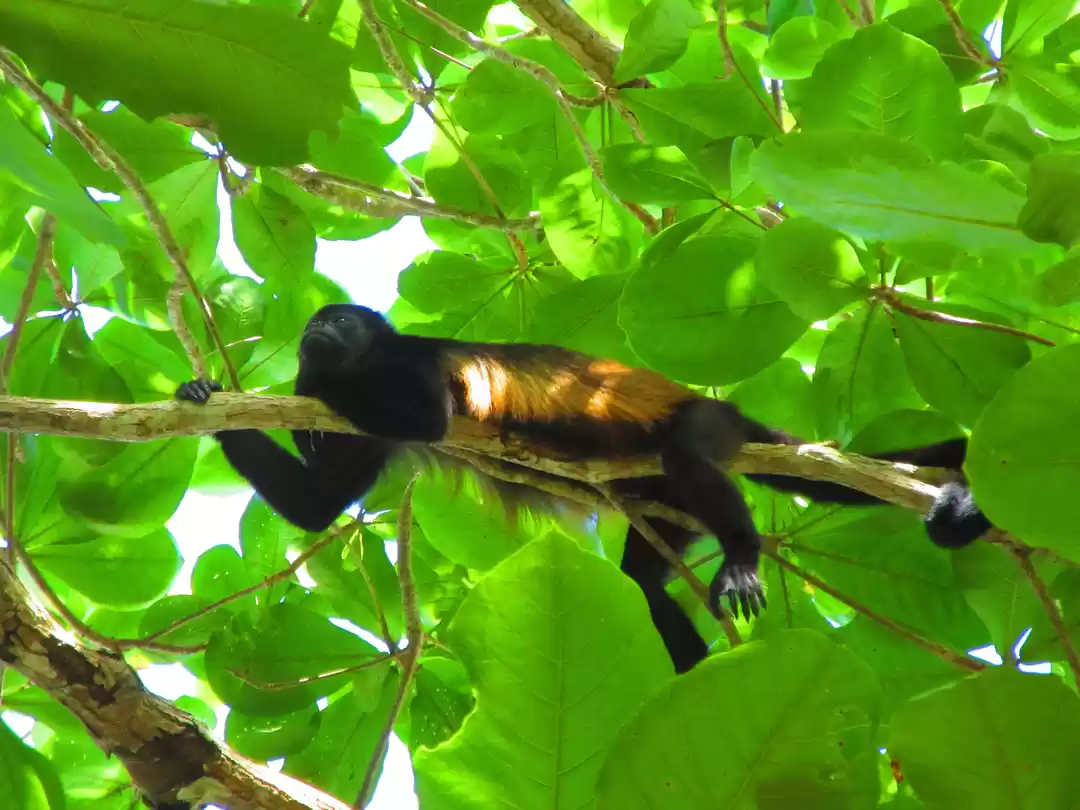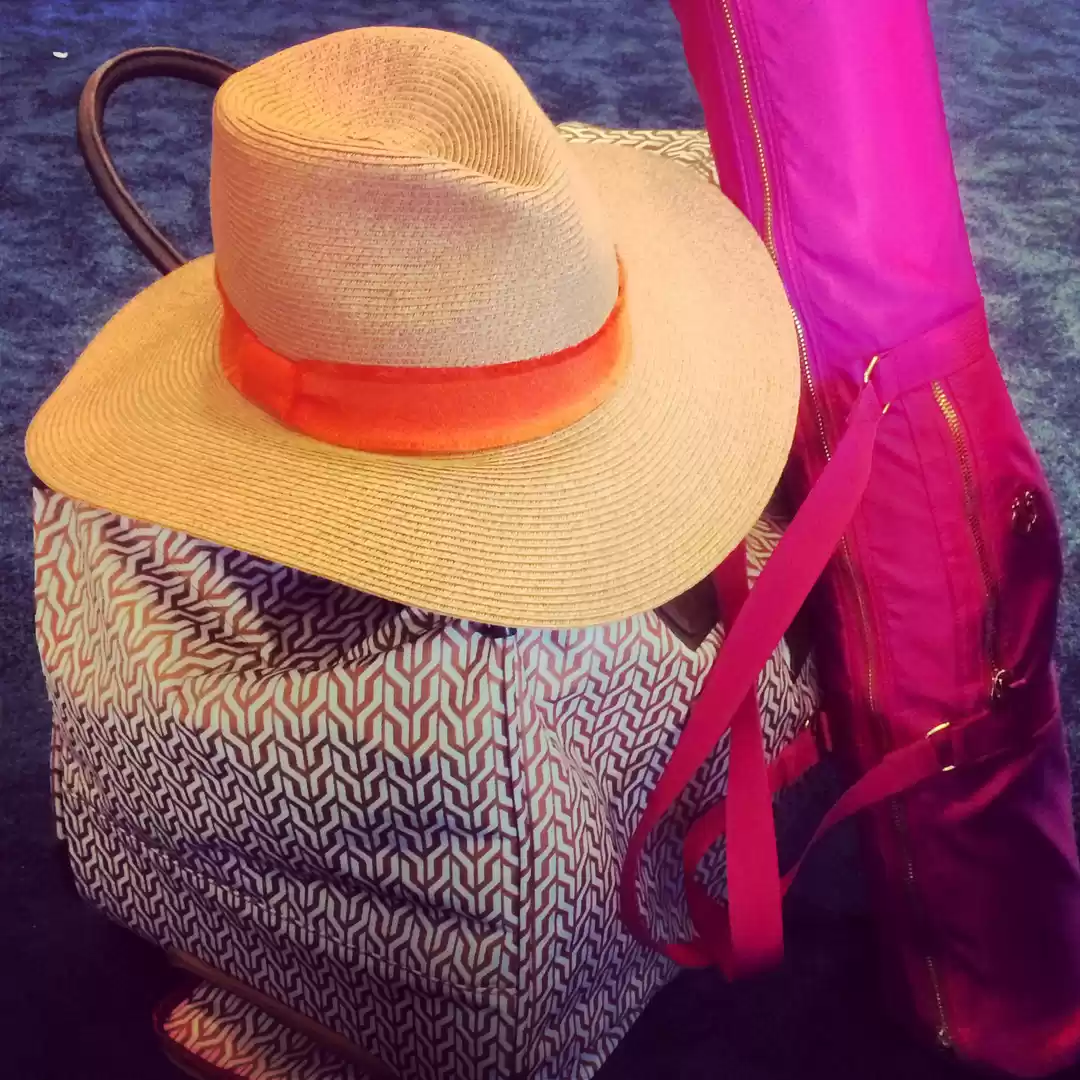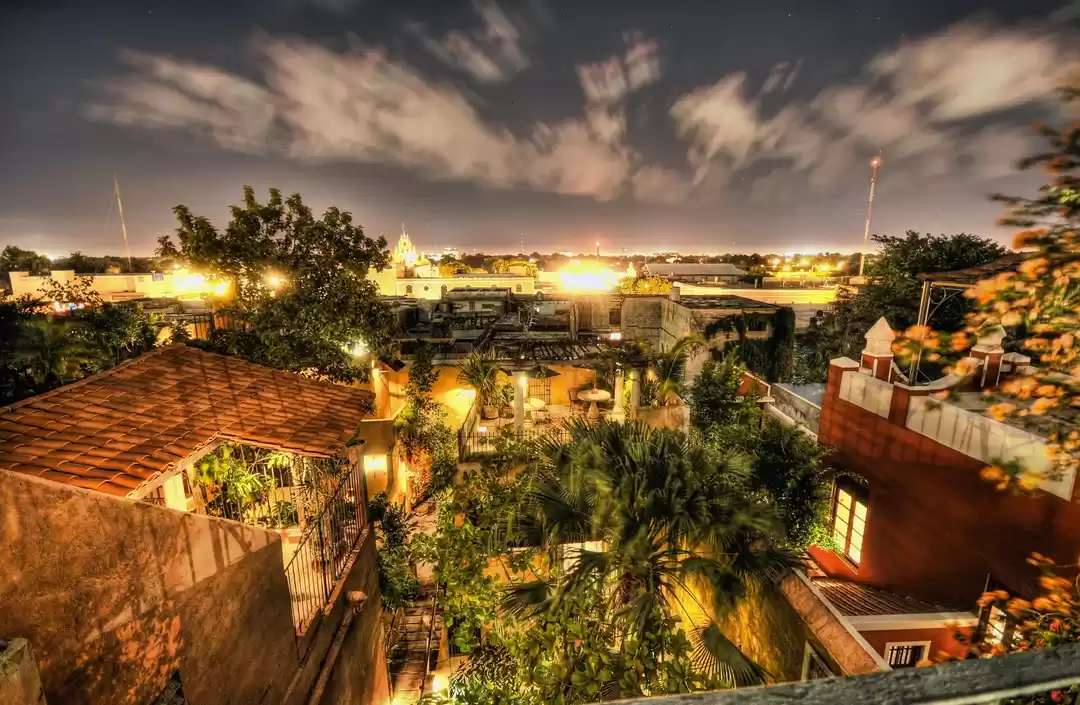
There's no doubt about it, there is something spellbinding about Mexico's magic towns. Designated by the country's tourism board, the towns have been selected based on a combination of culture, architecture, gastronomy and natural beauty.
Indeed, magic towns can be found beachside, high in the mountains or hidden in jungles. Furthermore, each of them have their own unique characteristics and many of them have a deep-rooted connection to Mayan spirituality and culture.
Visitors find themselves slowing down in harmony with the laid-back pace of the towns. The pueblos invite visitors to stroll rather than rush around. People-watching in the plazas and exploring local ancient temples or nearby beauty spots are popular pursuits. While Mexico is home to some dynamic and exciting cities, it is in these magic 'pueblos' where visitors are able to experience a sense of peace and discover the heart of Mexico.
In fact, with 121 towns to choose from, it's not easy to decide which are most deserving of a pilgrimage. Here are seven of the most captivating to get you started :
1) Valladolid - A Perfect Yucatan Base
This town is home to fine colonial architecture, a sprinkling of tempting shops, great restaurants and an amazing collection of Mexican folk. Additionally, Valladolid has the benefit of a cenote (a limestone swimming hole) located slap-bang in the middle of the town. Situated in the state of Yucatan, Valladolid is also an excellent base from which to explore. In fact, it has easy access to the ancient ruins of Chichen Itza, Ek Balam and a variety of other cenotes which are located just outside town.
Casa de los Venados
One of the highlights of a trip to Valladolid is a visit to Casa de los Venados. Home to an American ex-pat couple, their 3000-strong collection of folk art is stunning. Tours are conducted daily, and all proceeds from donations go to local charities. Furthermore, the house itself is an incredible piece of architecture and is as dazzling as the colourful folk art itself.
Calzada de los Frailes
The attractive street of Calzada de los Frailes is the town's showpiece. With its pretty pastel-painted buildings, it links the main plaza to the convent. It's a pleasant area for a stroll, not to mention the fact that it offers plenty of opportunities to dip into a café or shop along the way.
Laidback Evenings in Valladolid
In the evenings, the facade of San Bernardino convent comes alive with the story of Valladolid's history via a graphic light extravaganza. Children play on the field and locals sit outside the cafes enjoying a beer. The atmosphere is relaxed and sociable. The ambience in the central plaza is also convivial. Families hang out, old men sit around chatting and vendors sell local handicrafts.

Yucatan Cuisine
Valladolid has some excellent dining options, especially for those who want to sample some local Yucatan dishes. Pibil is a speciality - marinated chicken wrapped in banana leaves and cooked in a BBQ pit. For vegetarians, Yerba Buena de Sisal serves delicious meat-free dishes. Additionally, La Casona de Valladolid is good choice for both veggies and carnivores. Traditional in style and cuisine, the pretty dining area is set around a fountain.
2) Todos Santos - A Desert Oasis
Founded in 1732 by Jesuit priests and originally a mission, Todos Santos is located at the southern end of the Baja peninsula. Furthermore, it is magnificently situated between the Pacific Ocean, the desert and Sierra de la Laguna Mountains.
The population consists of an eclectic blend of fishermen, bohemians, tourists and surfers. Additionally, Todos Santos is a mere ten-minute drive from unspoilt beaches. As you would imagine, cactus and brightly coloured buildings feature strongly in this tranquil and picturesque town.
A Chilled Out Vibe
The enchanting oasis has a languid pace and chilled out vibe and it's not long before newly arrived visitors adjust to the relaxed rhythm. Mangos and papayas flourish in the surrounding area. The locals are friendly. It's no wonder that so many people have dreams about living there.
An Artist's Paradise
Perusing the plethora of galleries and small craft stores is a popular pastime in Todos Santos. Indeed, you can guarantee that items are lovingly created locally, rather than mass produced. In fact, artists are drawn to the town for its unique light, which is especially alluring during the early morning and late afternoons.
Welcome to the Hotel California
Brightly coloured buildings line the cobbled streets and one of the main landmarks is Mission de Nuestra Senora de Pillar. The mission was founded in 1723 and is located just across from the main plaza. Another iconic building is the Hotel California. Although it's been established that it's not the hotel of the Eagles song, visitors are charmed by its special ambience along with its striking artwork and lovely courtyard.
From Tacos to Fine Dining
From taco stands to fine dining, there's no shortage of eating establishments, most of which have oodles of character and colour. Enjoy breakfast at the quirky Caffe Todos Santos which serves freshly baked goods. Try the shrimp tacos and expertly mixed cocktails on the terrace at stylish L a Morena. Indeed, there is even a pizza restaurant, Gallo Azul, which serves wood-fired pizza and hosts a movie night once a week.
Escape into Nature
Just outside Todos Santos there are some spectacular beaches. The breaks of Pastora, San Pedrito along and Los Cerrito are popular with surfers. In addition, the vast wild beach of La Cachora is a great spot for whale-watching. As a matter of fact, if you are really lucky you might even see some nesting turtles. For keen hikers, there are also some great trails in the mountains that surround the town.

3) Xilitla - A Mountain Village next to a Jungle Wonderland
The remote mountain village of Xilitla is known for its jungle sculpture fantasyland, Las Pozas, created by artist and visionary, Edward James. Xilitla is a village of steep streets and is often shrouded in mist due to its high altitude. Furthermore, with few tourists, it has an authentic vibe. The bustling local market sells jungle fruits, breads, cheeses along with tamales wrapped in banana leaves. For the complete 'Las Pozas Experience' book a room at the surrealist house of El Castillo.
An Artist's Vision
Although the village is attractive enough, it is the entrancing Las Pozas which motivates travellers to venture to this off the beaten track destination. English eccentric, Edward James, spent twenty years constructing the wonderland. To help, he enlisted friend and architect, Plutarco Gastelum. Additionally, he provided employment to hundreds of local villagers, artisans and masons.
The Magical World of Las Pozas
A visit to Las Pozas is like being in a bizarre dream . In fact, you never know what you are going to come across next. Art and nature blend together in unexpected ways. Secret trails lead to hidden doorways and gigantic surrealist sculptures, in the form of serpents and flowers, are embraced by the jungle. Electric blue butterflies flutter through the trees. Furthermore, a waterfall splashes into a series of pools - an ideal spot for a rejuvenating dip.
The Leonora Carrington Museum
A new museum dedicated to the work of surrealist artist Leonora Carrington, is a welcome addition to Xilitla. A compact and contemporary space, the displays are well-presented and engaging. Additionally, a rooftop café provides superb views over the village and distant hills.
El Castillo
Whilst constructing Las Pozas, James stayed at the home of Plutarco. It is now run as a hotel by Luisa, granddaughter of Plutarco. Steeped in history, staying at El Castillo is an adventure in itself. Indeed, each room is different and much of the architecture is similar to that of Las Pozas. Crammed with artwork and festooned with fairy lights, a stay at the hotel rounds off a stay in Xilitla fittingly.

4) Isla Mujeres - An Island Paradise
A short ferry ride from glitzy Cancun, this tiny island offers a quaint vibe, along with white sand beaches and swaying palm trees. Translated as 'Island of Women', the main form of transport are golf buggies which can be rented to explore the island. El Centro is where most of the guest houses, bars and restaurants can be found. The cute buildings which can be seen throughout the island are painted in eye-catching Caribbean colours.
Evenings in El Centro
Indeed, part of the appeal of Isla Mujeres is that there isn't much to do. In fact, the island is just four miles long and 600 metres across. The most populated area is in the north is where the majority of restaurants and guest houses are located. The main plaza of El Centro is at its most atmospheric in the evenings. Locals together with tourists dance to live music and delectable aromas from freshly cooked street food fill the air. Streets that radiate out from the square are lined with restaurants and bars along with an array of tempting shops.
Street Art Galore
Street art is a major feature on the island. Much of the art derives from a project promoting protection for endangered marine life, which has been running for several years. In fact, striking murals of everything from whale sharks to Day of the Dead skeletons are concealed in nooks and crannies throughout Isla Mujeres. New creations appear regularly. Consequently, one of the delights of wandering the streets is discovering an unexpected masterpiece around a corner.
Caribbean Views
Playa Norte is the island's most beautiful beach with its pristine white sand, shallow turquoise water and sublime sunsets. When and if you can tear yourself away from the beach, hire a golf buggy and head to Punta Sur in the south of the island. From the rocky headland, the views of the Caribbean are nothing less than magnificent. It's the most eastern point in Mexico and is also a perfect spot for a picnic. Additionally, there is also a nearby ancient temple honouring the Mayan Mood Goddess.
An Underwater Museum
MUSA, a spectacular underwater museum is located just off the island's south coast. Consisting of over five hundred remarkable sculptures, the works of art are made of a clay which support the growth of coral. Both eerie and enthralling, a dive at the site is a memorable experience.

5) San Cristobal de las Casas - A Tempting Place to Linger
Located in a pine-covered valley of the central highlands of Chiapas, San Cristobal is the kind of place that travellers tend to linger. Indeed, with its tempting artisan market, numerous cafes, enticing craft shops and a laid-back vibe, it's easy to understand why.
Rich in Indigenous Culture
The city has a rich history of indigenous culture. In fact, it's common to hear Tzotzil spoken on the streets and many locals wear traditional clothing. A variety of tempting day trips can be undertaken to nearby villages and natural beauty spots.
A Beautiful Light
Cradled by mountains, the air is refreshingly cool in this beguiling town. Cathedral de San Cristobal de las Casas, constructed in 1528 and bright yellow in colour, dominates the vast main plaza. It appears particularly beautiful when sunset casts its glow.
Churches and Markets
Exploring the streets is a pleasure - there are markets and churches aplenty amidst the colourful colonial buildings. The craft market is located on the grounds of Iglesia Ex-Convento and specialises in locally produced jewellery and textiles. Iglesia del Cerrito is situated atop a small hill. Although it's a tough climb up the many steps to the church, the views are worth the effort.
Casa Na Bolom
Casa Na Bolom is both a guest house and museum. Even if you aren't lucky enough to stay, a visit is one of the highlights of San Cristobal. The museum showcases the life's work of the Boloms. Archaeologist, Frans and photographer Gertrude spent over fifty years protecting the culture of the indigenous Lacondon people. The tools, clothing and crafts which they collected are on display at Na Bolom. Rooms are cosy, characterful and decorated with artefacts.
Delicious Street Food
The food scene in San Cristobal is abundant. It ranges from succulent street food such as corn on the cob sprinkled with chilli and lime to international cuisine served in swanky restaurants. In fact, the tamales wrapped in banana leaves or corn husks available in many of the tiny eateries are the best in Mexico.
Chamula - A Unique Experience
Chamula is an intriguing village located about five miles from town. Villagers practice a mystical religion which is an amalgamation of Catholicism, Mayan and Shamanic beliefs.
Although Iglesia de San Juan appears no different to any other Mexican church from the outside, inside it's another world. The interior is lit solely by hundreds of candles and pine needles cover the floor. Worshippers sit on the ground chanting, rocking backwards and forwards. Some partake of the local brew, pox, mixed with Coca Cola. Periodically a live chicken is sacrificed. Indeed, a visit to Chamula is a strange, yet compelling experience.

6) Tequila - The Home of the National Tipple
Whether you are partial to a shot of the national tipple or not, a trip to the rustic, but charming town of Tequila in Jalisco is undoubtedly worthwhile. Many people visit on a day trip from Guadalajara. In fact, it's best to stay overnight to experience the town when the crowds disappear.
An Iconic Spirit
Surrounded by a landscape of blue agave, Tequila brims with historic distilleries, shops and haciendas. Situated in the state of Jalisco, around forty miles from Guadalajara, this is the town that gave the iconic spirit its name.
Drop into a Distillery
The main attraction in Tequila are the many distilleries, the most famous being La Rojena, home of Jose Cuervo, the world's largest supplier. The distilleries all run tours where participants learn about the manufacturing process. Naturally a sample or two of the finished product is offered.
The Agave Fields
A walk through the surrounding countryside is a rewarding experience. The fields of blue agave, a succulent plant from which tequila is made, stretch in every direction and are an impressive sight. Indeed, the volcanic soil of the area is perfect for the cultivation of agave. It's also possible to visit the farms to witness the plant being harvested. With its cobblestone streets and colonial buildings, the town is a delight to stroll through

Cocktails Galore!
There's an impressive cathedral on the main plaza, good shopping and a wide variety of restaurants. Tequila flows throughout the town in the many bars and restaurants - the variety of cocktails available are endless, but they all include the town's namesake. The National Tequila Museum is home to a display of tequila bottles from way back when. Additionally, City Hall has a huge painting which traces the history of the region's favourite liquor.
7) Palenque - A Mysterious Ancient City
The mysticism and history of the Mayan culture come to life in Palenque in the north of Chiapas. This magic town is home to shops which specialise in local crafts and restaurants that serve tasty Mayan cuisine. The real draw, however, is the ancient city situated five miles away. Mysteriously abandoned in around 800 A.D. the mesmerising temples, statues and carvings of the lost city are surrounded by lush jungle.
Leafy La Canada is the town's prettiest area and has the highest concentration of hotels and restaurants. In fact, it's ideal for those who want to be within walking distance of the shops and the zocalo, where the locals gather in the evenings.
The tiny jungle village of El Panchan is the nearest location to the ruins. The setting is rustic, and the area has established itself as a popular hippie hang-out. Accommodation is basic, but it's spot on for those who like to connect with nature, meditate and listen to howler monkeys. Additionally, there are a couple of restaurants including Don Muchos where you can feast on stone oven pizzas. While eating, you can enjoy the spectacle of fire-eating or live music in a candle-lit jungle setting.
The Ruins of Palenque
Exploring the ruins is akin to being transported back in time. Encompassed by dense jungle, the city was at its most powerful between 500 AD and 700 AD. Indeed, the sculptures and carvings are some of the best preserved in the Mayan Kingdom. In fact, one of the highlight of being in Palenque is climbing one of the elegant structures and sitting atop. From there, it's possible to enjoy the peace of the jungle. Mayan handicrafts are sold on the paths that snake round the ruins. On the trail leaving the site, there are two lovely waterfalls.



